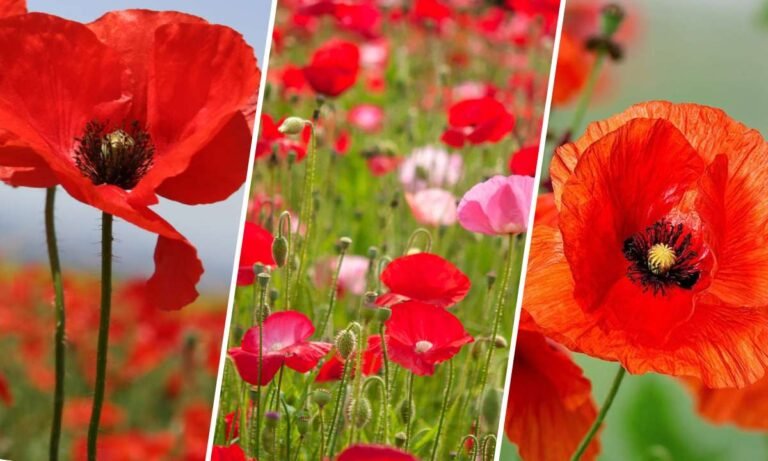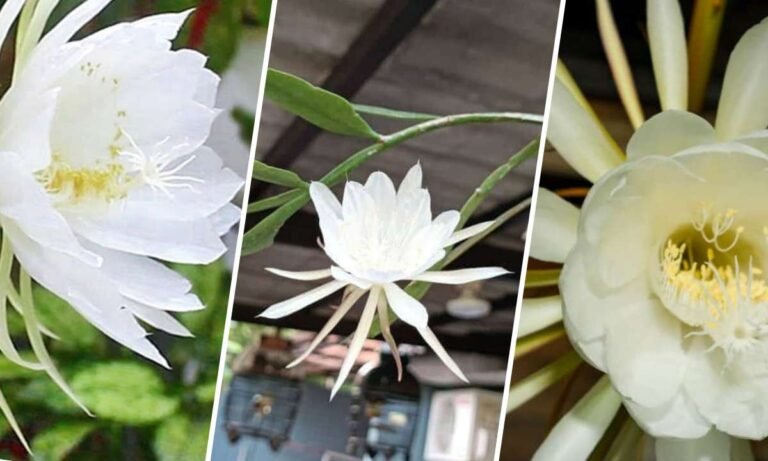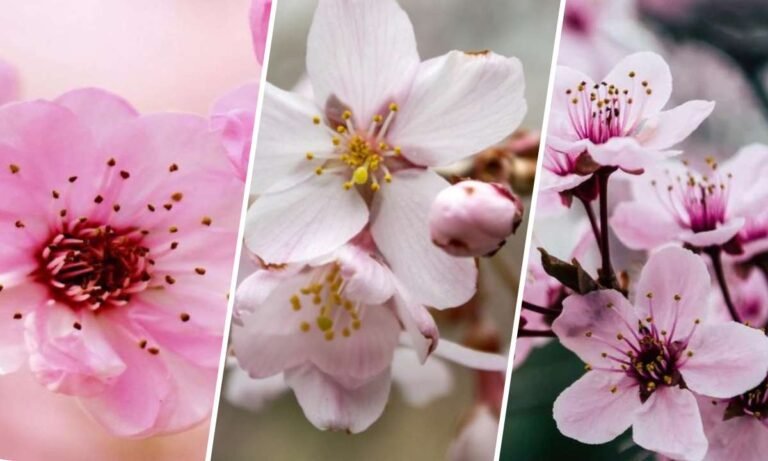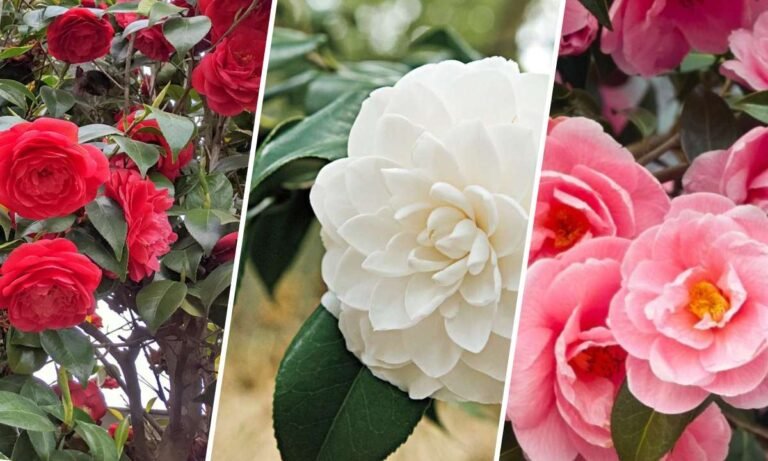Gumamela Flower Meaning: A Deep Dive into Its Significance
The gumamela flower, also known as hibiscus, is not just a beautiful bloom—it’s a versatile flower with a rich history and multiple uses. Let’s explore this vibrant flower’s meanings, uses, and importance.
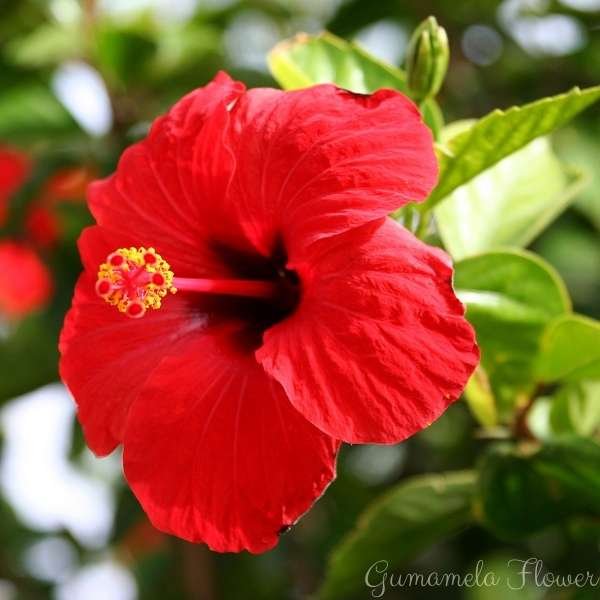
Historical Background and Cultural Symbolism
The gumamela flower has a long history that stretches back centuries, originating in tropical Asia. It’s been cherished for both its beauty and practical uses. Ancient civilizations like the Egyptians and Chinese used hibiscus in rituals and traditional medicine.
Cultural Meanings Around the World
In different cultures, the gumamela flower carries various meanings. In Hawaii, it symbolizes beauty and charm, often worn behind the ear to signify relationship status. In China, it represents fleeting fame and personal glory. Meanwhile, in India, it’s linked to the goddess Kali, symbolizing power and fertility.
Artistic and Literary Symbolism
Artists and poets have long been inspired by the gumamela flower’s vibrant colors and delicate petals. It’s frequently used as a metaphor for beauty, grace, and the transient nature of life in literature and art.
Medicinal and Therapeutic Uses
Traditional Remedies
In traditional medicine like Ayurveda and Traditional Chinese Medicine, the gumamela flower is prized for its healing properties. It’s used to treat digestive issues, respiratory conditions like coughs and colds, and skin inflammations.
Modern Medical Insights
Modern research supports many of these traditional uses, showing that hibiscus has antioxidants, anti-inflammatory, and antimicrobial benefits. It’s even effective in lowering blood pressure and cholesterol levels, promoting heart health, and boosting the immune system with its Vitamin C content.
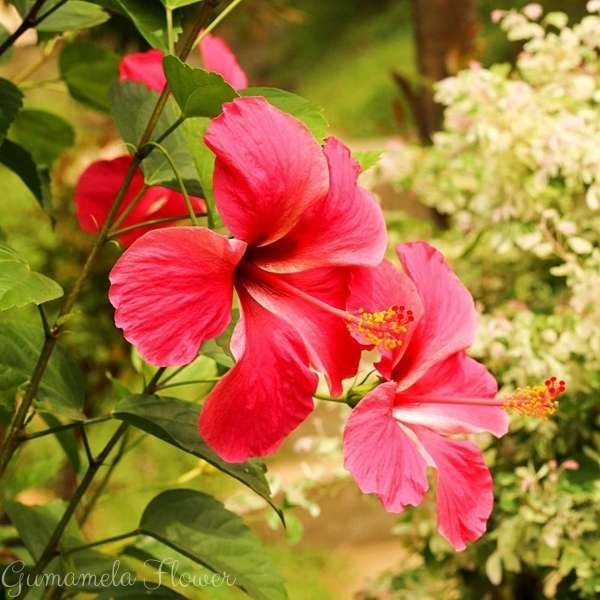
Ecological Importance
Ecosystem Role
The gumamela flower plays a crucial role in its ecosystem by attracting bees, butterflies, and hummingbirds for pollination. This not only supports hibiscus reproduction but also enhances regional biodiversity.
Cultivation and Conservation
Cultivating hibiscus plants contributes to ecological balance, making them ideal for reforestation and landscaping due to their resilience in various soils. Conservation efforts are essential as urbanization and climate change threaten natural habitats.
Aesthetic and Practical Uses
Gardening and Decoration
Gardeners love gumamela for its variety of colors and sizes, perfect for different garden designs—from hedges to ornamental centerpieces.
Floral Arrangements and Crafts
In floral arrangements, hibiscus adds vibrant hues, and dried flowers are used in potpourri and natural dyes, showcasing their versatility.
Culinary Delights
Hibiscus Tea and Cuisine
Hibiscus tea, known as agua de Jamaica, is popular worldwide for its tangy flavor and health benefits, including antioxidants and heart health support. In cooking, hibiscus petals are used in sauces, jellies, and desserts, adding both color and flavor.
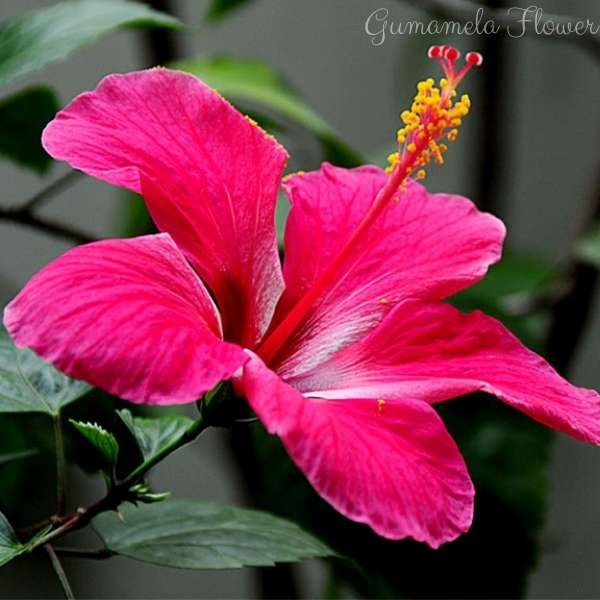
Conclusion: Embracing the Gumamela Flower
The gumamela flower isn’t just a plant; it’s a symbol of beauty, health, and cultural significance. Whether in a garden, a tea cup, or a medicinal remedy, hibiscus enriches our lives in many ways.

